Extra-Terrestrials in an Extra-Strange Land: 10(-ish) More Movie Characters Just Trying to Fit In
Movies Lists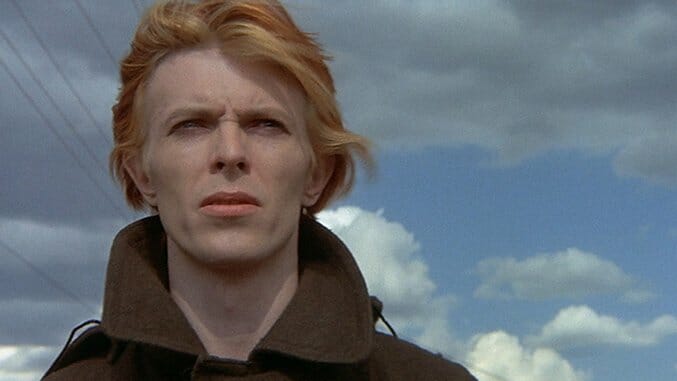
A few weeks ago, we compiled a list of strangers in a stranger land —ten (or so) iconic film characters who had to adjust to modern, “Western-ized” culture—ranking them based on how well each adjusted to his or her new surroundings. Whereas Borat (#10) stuck out like a sore thumb everywhere he went, Eddie Murphy’s Prince Akeem (#1) slid almost too easily into the melting pot of Queens.
At the time we decided to consider only human characters—aliens, we reasoned, don’t have the same neurological structures as humans to deal with the travails of adjustment (among many other differences) and so shouldn’t be counted together. Which is why we give you the following: ten films about extra-terrestrials in an extra-strange land, ranked according to their main characters’ success in assimilating.
10. The Thing (1982)
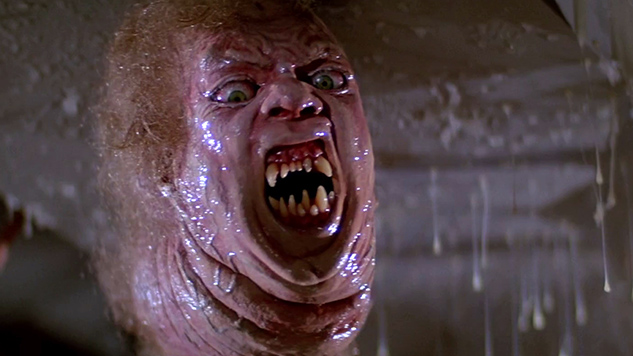
Humanity is lucky that the Thing never escaped Antarctica after systematically killing most of the researchers there over the course of the film named after it: It would have assimilated all life on the planet, turning everyone against each other. But can we really call the Thing’s shapeshifting villainy an “adjustment” to Earth? On a biological level, the definition makes sense, as John Carpenter’s creature can imitate internal organs perfectly. But The Thing really is a case of the alien bending Earth to its will. Killing almost everyone who comes into contact with the alien isn’t exactly a successful assimilation.
9. I Am Number Four (2011)
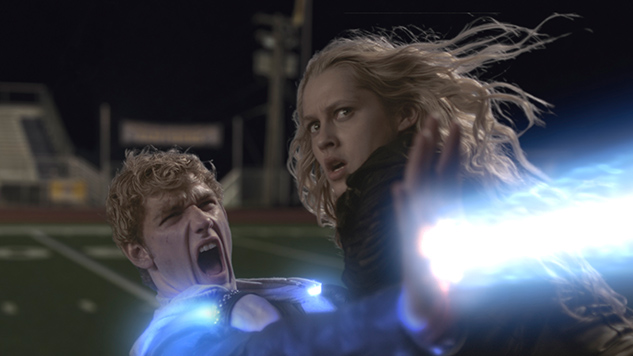
Being a teenager trying to blend into a new town is difficult enough—but how about when you have hands that glow when you get angry, you have powers beyond anything your fellow “high schoolers” could imagine, and a crew of murderous Mogadorians is after you? Of course, John Smith (Alex Pettyfer) had to compound these issues by picking a fight with the school bully, leading to an inevitable scuffle that exposes him as Number Four—the fourth of the nine survivors of the planet Lorien who escaped to Earth, whom the Mogadorians must murder in order to complete their genocide—and nearly gets everyone in the town killed. It’s probable that John wouldn’t have been able to hide from the Mogadorians forever, and the unstoppable progress of the Internet (and particularly Vine and Snapchat, which barely existed when I Am Number Four was released in 2011) would almost certainly have revealed his alien nature to the world in due time. But John’s hero complex—and ability to play said hero—make it impossible for him to live a normal teenager’s life.
8. Starman (1984)
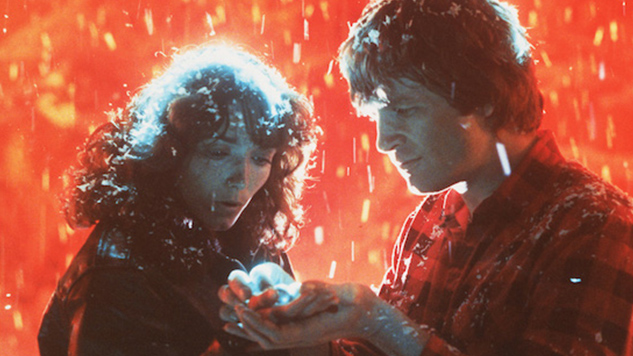
In the second John Carpenter pick on this list, Starman (Jeff Bridges) may take human form—even if it’s the form of a dead man named Scott Hayden, not exactly an inconspicuous way to approach the man’s widow, Jenny (Karen Allen)—but everything else about him draws attention, from his George of the Jungle-level command of English (to be fair, he was only working with the contents of Voyager’s Golden Record, which led him to Earth in the first place) to his decision to pull a gun during a chase with the cops as he makes his way to Arizona to rendezvous with his mothership. It would have been hard for Starman to explain himself even if he were a born-and-bred American: Saying that a formerly dead deer “went there, to the woods” is a sure way to earn an ass-kicking from an angry hunter and his friends. That said, Starman does come to grasp the most powerful of all human emotions (love) in just three days. Plus, he understands the true meaning of a yellow light: Go very fast.
7. The Day The Earth Stood Still (1951)
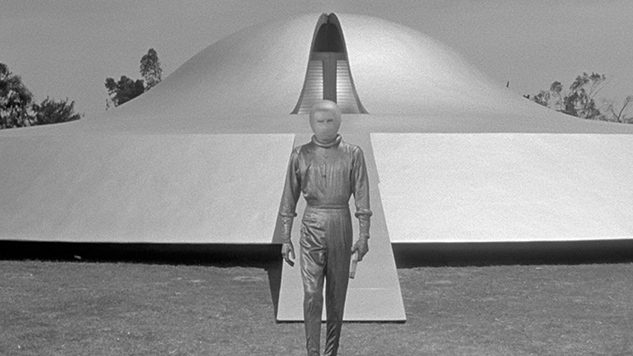
Klaatu (Michael Rennie) doesn’t have any trouble passing for a human once he steals John Carpenter’s (again!) clothes—amazingly, his command of the English language is already pristine upon his arrival in Washington D.C., the result of having monitored Earth’s radio broadcasts for “quite some time.” Still, his understanding of human imperfection is nil, and it costs him the opportunity to effectively deliver his world-saving warning to Earth’s population at large. The film is a pretty obvious plea (via Klaatu) for humanity to get over the Cold War and unite in the face of potential nuclear holocaust, but his own intransigence at the suggestion of separate meetings with NATO and the Eastern bloc belies a lack of empathy that seems stunning for such a so-called “advanced” alien. And the mentality wrought by his home world, where any aggression is punished by immediate disintegration courtesy of the robot police, is more than a little disturbing. If he truly understood humans he’d know that children will always rebel against their strict parents.
6. Under the Skin (2013)
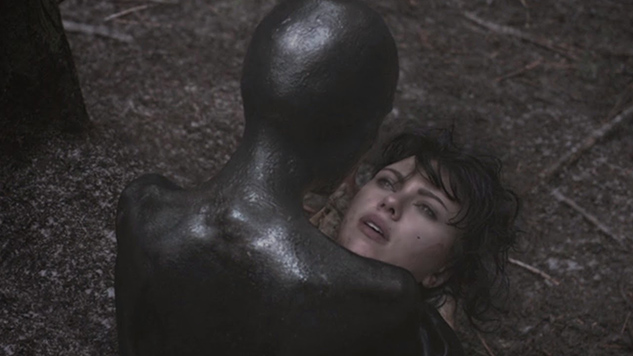
Maybe the best way for an alien to fit into human society is to inhabit an alluring woman’s body. Scarlett Johansson’s character has very little trouble getting along in Scotland—and that’s because men want to have sex with her (much to their peril, of course, and watching one of her captives implode “underwater” is goddamn terrifying). Then again, that appears to be what’s going on Under the Skin—the objectification of a woman’s physical self—though Johansson never seems quite comfortable in her human guise throughout the film. Whatever manner of alien being she is (we don’t even see her true form until the film’s end), she’s never at home in this cinematic world that takes her only at face value. Which makes the film’s ending so ambiguous—she’s a “monster,” maybe, but so is the man who tries to force himself upon her and, upon exposing her alien body, immolates her. It’s deeply disturbing, but it’s also tragically human.
5. The Man Who Fell To Earth (1976)
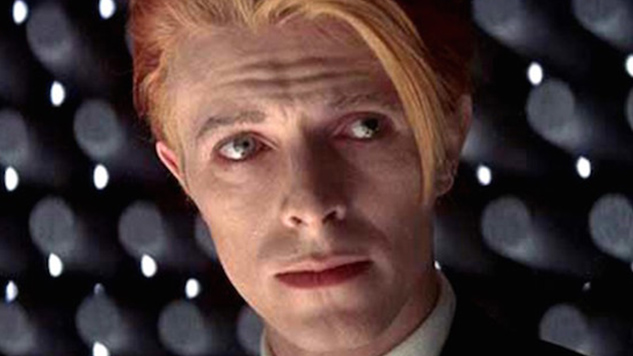
Here’s our list’s darkest take on “adjustment”: David Bowie’s Thomas Jerome Newton acclimates to Earth very easily, but he imbibes all of its worst qualities. The Man Who Fell to Earth presents a depressing take on the corruption of extreme wealth, alcohol and mass media, all of which combine to distract Newton from his mission to save his homeworld from a drought—he came to Earth for its water—and descend into the vapid hedonism that still defines, 30 years later, much of the leisure class of Western society. The scene in which Newton watches 12 televisions at once, in particular, seems to portend the ubiquity of our over-connected, modern American culture. Can we call this adjustment? Probably, but it’s akin to saying that Walter White adjusted to the life of crime lord. Once Newton’s human-looking contact lenses are affixed to his eyes, he’s fully integrated into our world—but he’s also beyond saving.
4. Earth Girls Are Easy (1988)

This film is definitive proof that male aliens think with their dicks just as often as male humans do—in fact, the reason Mac (Jeff Goldblum), Zeebo (Damon Wayans) and Wiploc (Jim Carrey) were even interested in Earth was because they picked up a broadcast of “hairless females.” The three furry aliens do have some trouble speaking English in their early days on Earth (less trouble than Starman, but still), and driving the wrong way down the LA Freeway is a mistake that not even the most British of travelers would make. But they’re fast learners, they’re voracious consumers of pop culture and, most importantly, once their fur is removed and they’ve undergone the perfect late 1980s makeover, they’re hoTT. Unattractive aliens never could have gotten away with a dance-off at a disco or made love to Geena Davis’s Valerie (who discards her fiancée for Mac by the film’s end). Had the three stayed on Earth instead of returning to space at the end of the film, they probably could’ve made a fine living as dancers or models, professions well-suited to their skill set and lack of a traditional education on our planet.
3. Superman (1978)

Is it really possible to live a normal human life when you have both superpowers and a nearly incorruptible moral fiber that forces you to save basically everyone who needs saving? We’ll give this a hard “maybe.” Clark Kent (Christopher Reeve) had a normal enough American upbringing and now seems to have a normal enough life as a rather milquetoast/newspaper reporter, complete with the unrequited love that many milquetoast/news reporters probably feel for their charming colleagues. And as a journalist, Superman has an excuse for being around crime scenes and disappearing “on assignment” for lengthy periods of time that just so happen to correspond with Superman’s heroic feats. Yet, even if Superman has adjusted well to Earth life, his inner identity crisis must really tear him apart at times.
2. Transformers (2007)
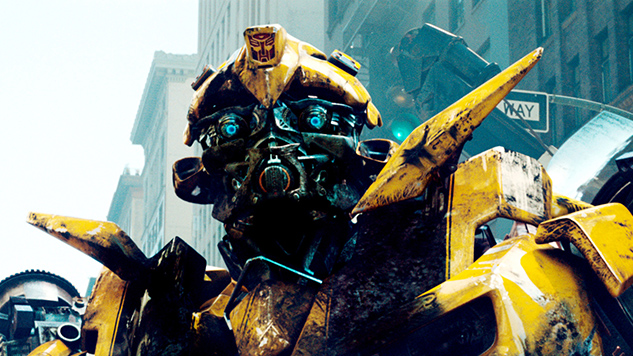
Optimus Prime and his Autobots don’t even try to be human. How could they? So instead, they masquerade as Earth vehicles and for the most part fit right in. They can even morph to create fake people driving them, so we don’t have to marvel at the advent of driverless trucks or General Motors models. (They understand product placement just like us!) Pretty much the only thing that would give away their alien-ness would be if they were to speak—but most humans would likely pass that off as OnStar or the like. Hell, Bumblebee is convincing enough as a Camaro that he even gets to watch Shia LaBeouf and Megan Fox make out on his face.
1. The Brother From Another Planet (1984)

Perhaps the reason why The Brother From Another Planet is atop this list is because it’s effectively an allegory of the immigrant—and black—experience in America: The story of the Other getting used to a society from the fringes. The Brother (Joe Morton), a mute, alien, escaped slave who takes the form of an ordinary black man, crash lands in New York and must make his way in the city while avoiding the two alien bounty hunters (director John Sayles and David Straitharn), who look like white men, sent to recapture him. Though the Brother can’t speak, his extraordinary empathy and occasional superhuman demonstrations of power (he incites a vision of an overdosed black junkie in a white drug dealer’s mind, for example) endear him to the Harlemites he meets. By the end of the film, they’re backing him up in his struggle against the bounty hunters—because the Brother has become one of them.